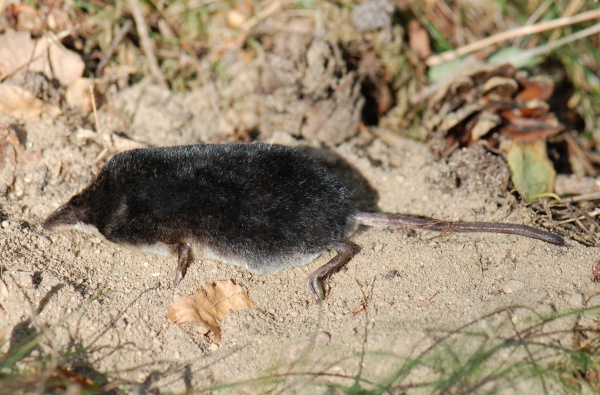Facts About Eurasian water shrew
The Eurasian water shrew, often simply called the water shrew in the UK, is a captivating creature. Growing up to 10 cm in length, with a tail about three-quarters of its body length, this shrew is relatively large for its species. Its dark fur, accented with white tufts and a white belly, makes it easily distinguishable. Stiff hairs around its feet and tail aid in navigating its aquatic environment.
Found near freshwater sources such as streams, ponds, and ditches, the Eurasian water shrew is an adept predator of aquatic prey. Its fur traps air bubbles, facilitating buoyancy, but this also necessitates that the shrew anchor itself to stay submerged during prolonged dives.
One of the most intriguing features of this shrew is its venomous saliva, making it one of the few venomous mammals. However, there's no need for concern; its venom is not potent enough to harm larger animals or humans. The Eurasian water shrew is highly territorial, prefers a solitary existence, and ranges widely from Britain to Korea.
Weighing between 15 to 19 grams, the shrew exhibits a greyish-black coat on its head, back, and sides, contrasted by a white underbelly. Its acute sense of hearing and sharp, red-tipped teeth make it an effective hunter, while its strong, hair-covered hind feet assist in swimming. Genetically, it has a karyotype of 2n = 52 and FN = 98.
The Eurasian water shrew is prevalent across Europe and parts of Asia, thriving near water bodies. It is active both day and night, well adapted for swimming and hunting in aquatic environments.
The breeding season spans from April to September. During this period, females maintain territories and nest in burrows lined with moss and grass. They give birth to litters of four to eight young, who establish their own territories once weaned. The shrew's diet includes aquatic organisms, insects, small fish, and amphibians, with its venom assisting in subduing larger prey.
The International Union for Conservation of Nature (IUCN) lists the Eurasian water shrew as "Least Concern" due to its stable population and wide distribution. However, threats such as habitat degradation and pollution from agricultural runoff and sewage could impact its numbers in certain areas.

 Liechtenstein
Liechtenstein